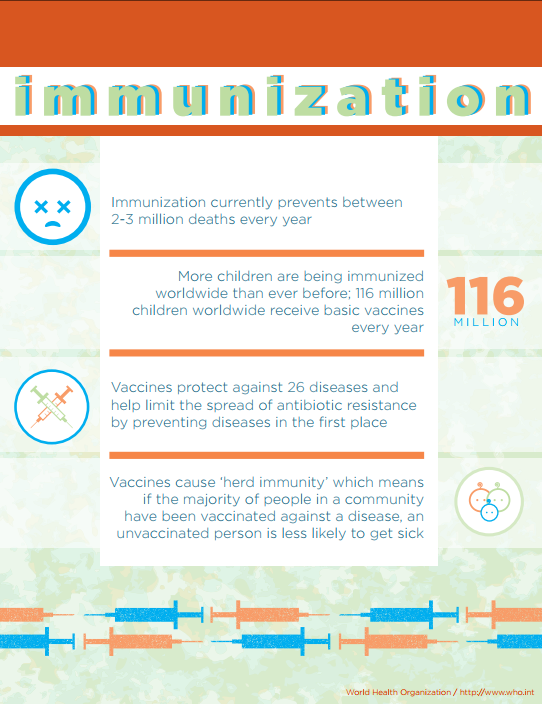By Saleha Mallick From the earliest vaccines for smallpox to more recent vaccines targeting the human papilloma virus (HPV), immunization by means of vaccination has revolutionized disease prevention in medicine. The worldwide elimination of the devastating disease, smallpox, by its vaccine and othe...
By Saleha Mallick
From the earliest vaccines for smallpox to more recent vaccines targeting the human papilloma virus (HPV), immunization by means of vaccination has revolutionized disease prevention in medicine. The worldwide elimination of the devastating disease, smallpox, by its vaccine and others have effectively making certain cancers preventable through the HPV vaccine. Vaccination is the injection of a product that is meant to induce immunity in a person. Depending on the vaccine, this can be a weakened or dead virus or a bacterial byproduct. A bacterial byproduct is the part of the bacterial cell that is used to make pharmaceutical products. A example of these products include antibiotics. Immunization is the process by which the body creates protection against a disease. This can occur via exposure to the disease itself or via vaccination. In the case of vaccination, the injected material causes the activation of blood cells that then create antibodies for long term defense. These antibodies are able to come into action if the person is ever exposed to that virus or bacteria in the future. Most vaccines require multiple doses for immunization to occur. Unlike in natural infections that cause a full response from the immune system, vaccines elicit a low-level response. Thus, the body needs multiple exposures to the viral or bacterial elements to create an appropriate immunity. Some vaccines may require a booster shot later in life to bring waning immunity back to a steady level. This is why it is important to complete full vaccination series as children as well as receive timely boosters as adults. For more information on types of vaccines and how they work, visit the Center for Disease Control (CDC) website for additional information.

